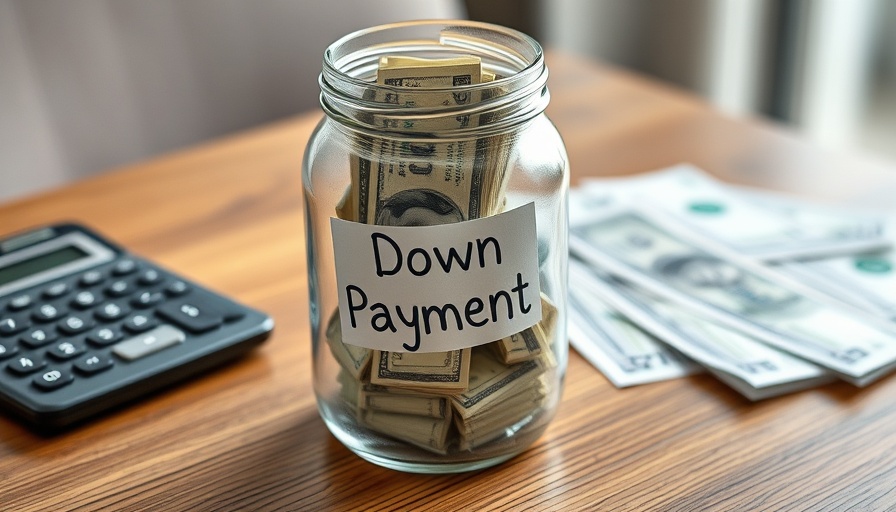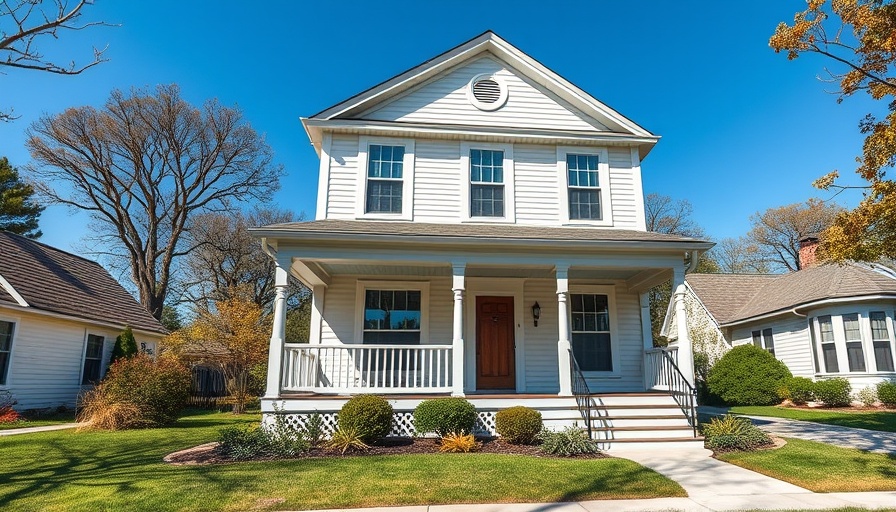
Understanding Square Footage: The Key to Home Value
When assessing the value of a home, understanding what constitutes square footage is of utmost importance. Many potential buyers often ponder if a basement counts towards a home's square footage. The answer is nuanced and varies based on several factors including finish quality, local coding, and real estate standards.
What Counts as Square Footage?
Typically, square footage includes all heated and usable living spaces, which means finished areas that meet specific building code requirements. According to the ANSI home measurement standard adopted by agencies like Fannie Mae, only areas above grade with a minimum ceiling height count as livable space for appraisal purposes - turning the spotlight on the significance of how a basement is classified.
Types of Basements and Their Impact on Value
To thoroughly evaluate a home's value, one must consider the type of basement. Full, walkout, and partially finished basements could substantially enhance a home’s intrinsic value. For instance, an appraiser might distinguish between full and partial basements, as the former tends to offer more potential as livable space, thus raising the market value above merely a storage area.
The Finish Factor
Additionally, the finish quality of any basement significantly influences its valuation. A well-finished basement often captivates buyers, driving demand and increasing overall property worth. Unfinished or poorly maintained spaces, however, could detract from a home’s appeal, emphasizing that not all space counts equally when it comes to valuing a home.
Local Regulations and Industry Standards
Regional real estate variability means that the rules governing what can be included in square footage can differ, making it necessary for both homeowners and real estate professionals to familiarize themselves with local property laws and appraisal practices. Some localities may even permit non-traditional spaces to be included in square footage calculations, creating opportunities for homeowners to enhance their valuation.
Making Informed Decisions
Understanding these complexities can empower homeowners and industry professionals alike to navigate the real estate landscape more effectively. By recognizing what is included in square footage calculations, individuals can make better purchasing or selling decisions that reflect the true value of the properties they are interested in.
Take Your Knowledge Further!
Are you ready to delve deeper into the factors that influence home valuations? Whether you're facilitating a home sale or considering buying a new property, understanding these nuances can lead you to better financial decisions. Don't hesitate to reach out to a local appraiser or real estate agent who can provide insights tailored to your unique situation.
 Add Row
Add Row  Add
Add 




Write A Comment